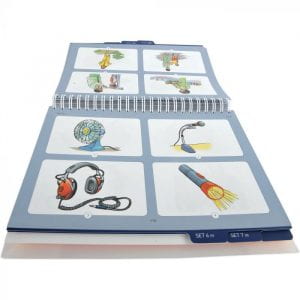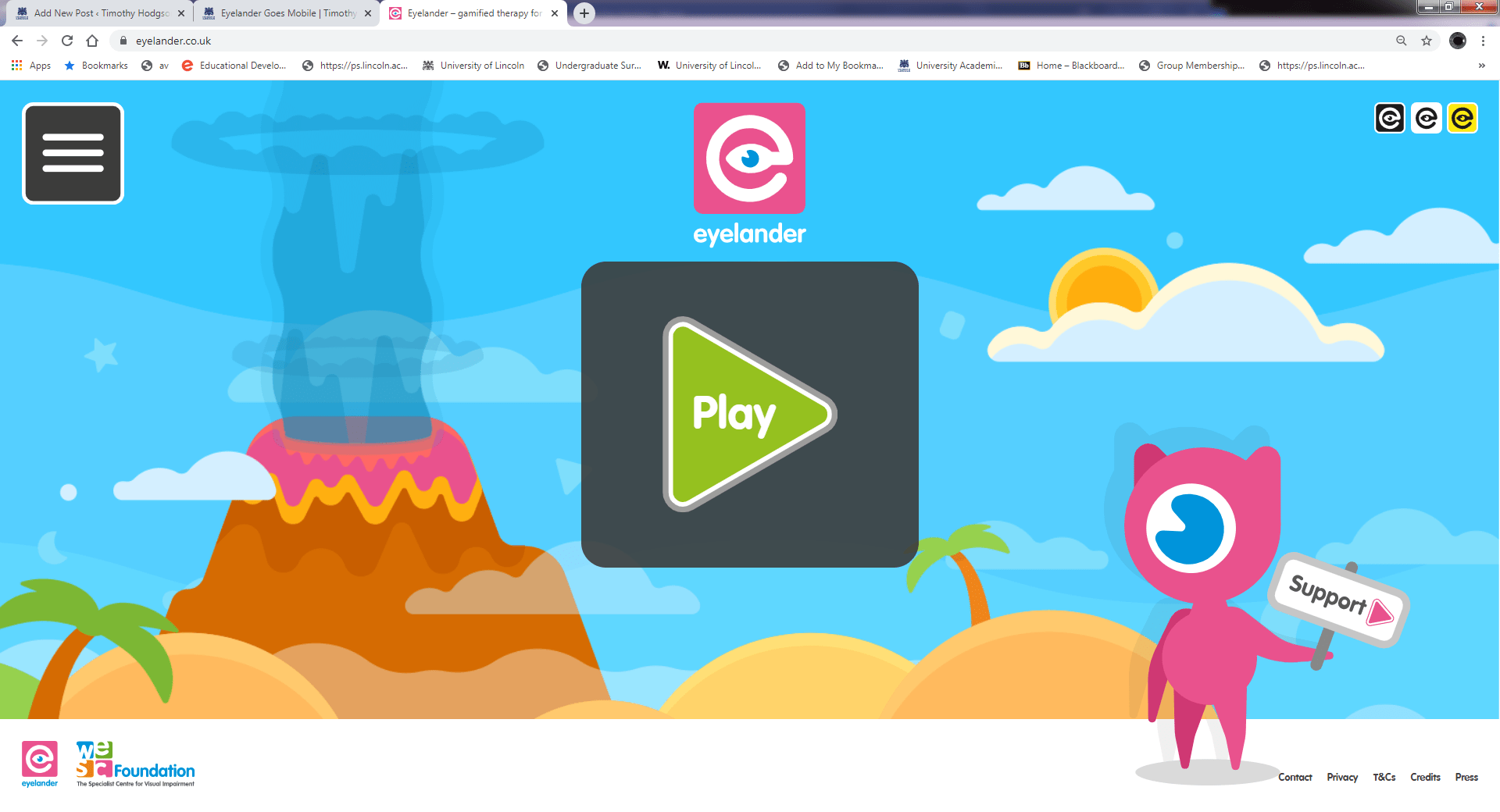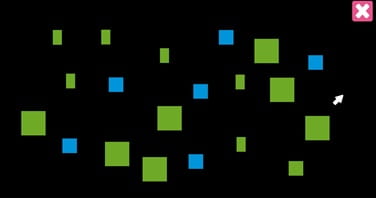An important task in neuropsychology is establishing how a patient’s current state compares to how they were before they suffered brain injury. Assessing “premorbid” IQ is also of key importance in research studies that compare cognitive abilities in patients with a group of healthy participants, as it is important that the two comparison groups are as well matched as possible.
The most common way of assessing premorbid IQ to date is the National Adult Reading Test or “NART’. This short word reading test includes words with regular and irregular spellings and is highly correlated with IQ, whilst also “holding” after brain injury (being relatively unaffected relative to other tests of cognitive function). The problem with the NART is that it requires patients to read words out loud. Brain injury can also impair speech ability meaning that the test is impossible to use in patients with conditions such as aphasia .
.
We have recently published a paper in the journal Applied Neuropsychology: Adult which examined the effectiveness of the British Picture Vocabulary Scale (BPVS) as an assessment of premorbid ability. In this test patients’ must point to pictures matching the words spoken by the examiner. Originally developed to assess vocabulary in young children, we found that the BPVS appears to be at least as good as the NART at “holding” after brain injury and assessing premorbid IQ.
Along with other similar picture based tests, we think the BPVS could be a useful tool to assessing premorbid IQ in research as well as clinical neuropsychology practice.




